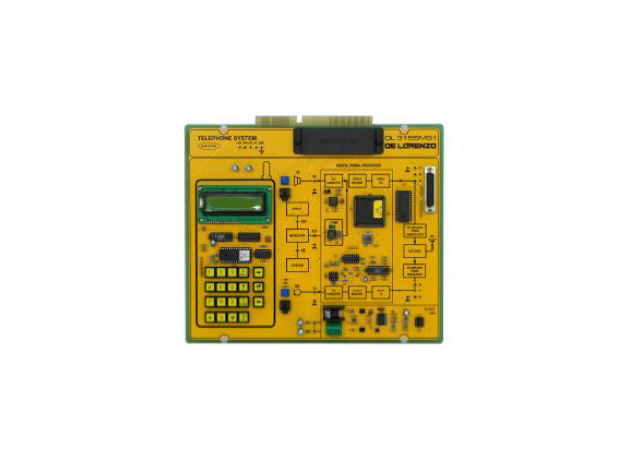CELLULAR-TELEPHONY-630-x-450
EEE
Cellular Telephony refers to a mobile communication system that divides a geographic area into smaller regions called cells, each served by its own base station (or cell tower). These cells collectively allow many users to share the same radio frequencies efficiently without interference.
Key points about Cellular Telephony:
Cells: The service area is split into multiple cells. Each cell has a base station that communicates with mobile phones in its range.
Frequency Reuse: The same radio frequencies can be used in different cells separated by enough distance, increasing the network capacity.
Handoff (Handover): When a user moves from one cell to another, the call is seamlessly transferred to the next cell’s base station.
Mobile Switching: Calls are routed through a Mobile Switching Center (MSC) that connects mobile users to other mobile or landline networks.
Benefits: Supports mobility, large number of users, efficient spectrum use, and real-time communication


